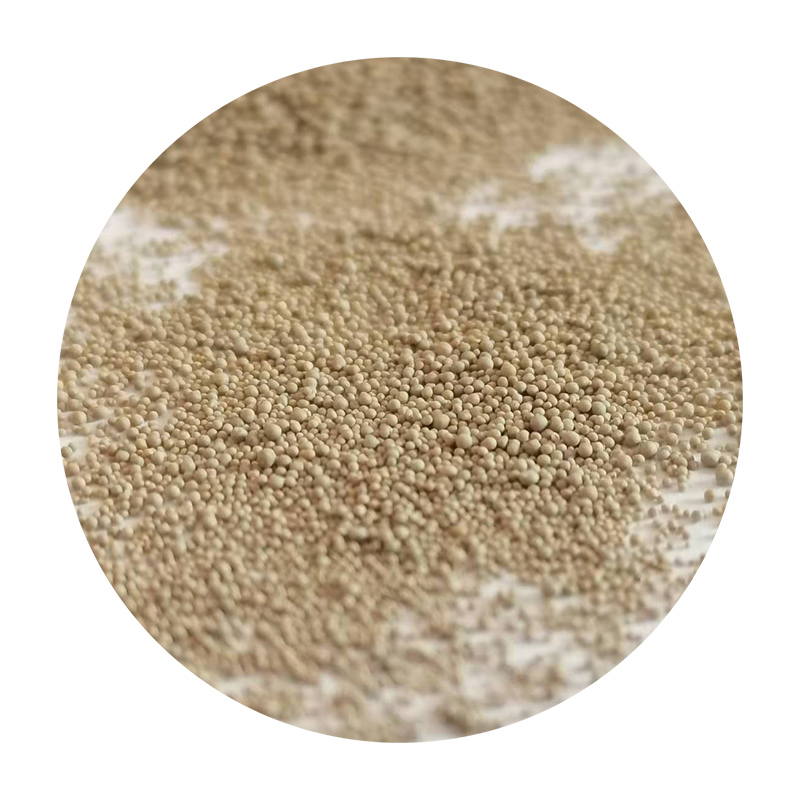The Significance of Coated Sand in Modern Industries
Coated sand is a material that has garnered significant attention in various industrial applications due to its unique properties and numerous benefits. This innovation is particularly relevant in the fields of construction, foundry, and oil exploration. By understanding what coated sand is, its production methods, and its applications, we can appreciate its importance in advancing modern technological processes.
Coated sand is essentially a type of sand that has been coated with a thin layer of resin or other binding agents. This process enhances the sand's physical and chemical properties, making it suitable for a variety of applications. The coating can improve the sand's resistance to moisture, enhance its strength, and provide better thermal stability. As a result, coated sand exhibits superior performance compared to uncoated sand in many situations.
One of the most prominent applications of coated sand is in the foundry industry. Foundries use coated sand to produce high-quality metal castings. The coating acts as a binder that holds the sand grains together, allowing for the creation of intricate patterns and shapes that are essential in metal casting. This is crucial in industries that produce automotive parts, aerospace components, and machinery, where precision and quality are paramount. Coated sand helps to reduce defects in castings, leading to better end products and less waste.
coated sand

In the construction sector, coated sand is utilized in the production of concrete and other building materials. The enhanced properties of coated sand contribute to the durability and strength of concrete mixtures. This is especially useful in the construction of infrastructure such as bridges, roads, and buildings that must withstand various stresses and environmental conditions. Additionally, coated sand can improve the workability of concrete, making it easier for construction workers to handle and mold the material.
Furthermore, coated sand has found its way into the oil and gas industry, playing a crucial role in hydraulic fracturing (fracking). In this method, coated sand is used as a proppant to keep fractures open in rock formations, allowing for the extraction of oil and natural gas. The surface treatment of the sand not only enhances its strength but also improves its flowability and reduces the wear on pumping equipment. This contributes to more efficient operations and better resource extraction.
Despite its advantages, the production of coated sand is not without challenges. The manufacturing process requires precise control to ensure that the coating adheres properly to the sand grains. This involves managing factors such as temperature, humidity, and the type of resin used. Additionally, as industries strive for sustainability, there is a growing demand for eco-friendly coatings that minimize environmental impact. Researchers are actively exploring biodegradable or less toxic alternatives to traditional resins, which could further enhance the appeal of coated sand in the market.
In conclusion, coated sand represents a remarkable advancement in various industrial applications. Its ability to enhance strength, durability, and performance has made it an invaluable resource in the foundry, construction, and oil industries. As technology progresses and the demand for sustainable practices continues to rise, the future of coated sand looks promising. By fostering innovation and addressing environmental concerns, coated sand will likely play an even larger role in shaping the materials used in modern industry. This evolution will not only support better production practices but also contribute significantly to the advancement of sustainable manufacturing in the years to come.
Post time:វិច្ឆិកា . 12, 2024 04:47
Next:foundry sand used in construction
